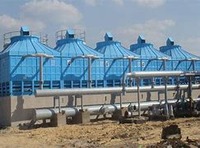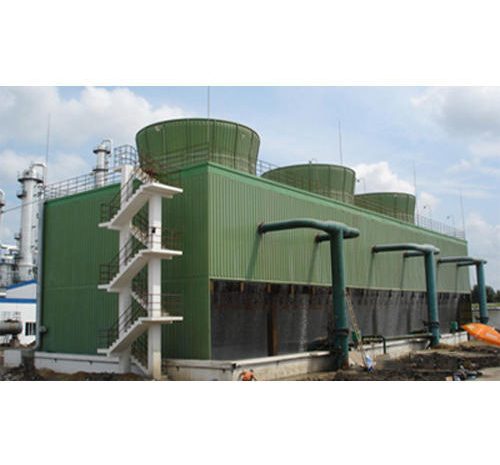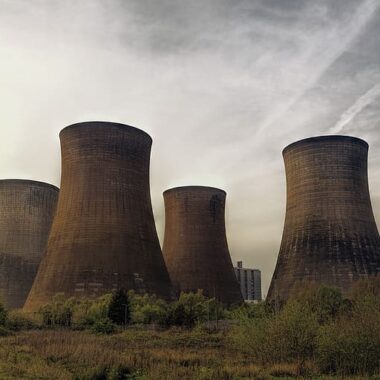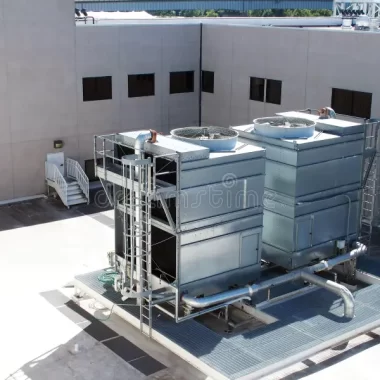The Future of Cooling Towers
The Future of Cooling Towers
As businesses proceed to advance and natural concerns develop, the future of cooling towers is poised for change. Here’s a see into what lies ahead for these essential components of industrial processes:
1) Supportability and Environmental Impact:
- With a increased center on sustainability and environmental stewardship, the future of cooling towers will prioritize eco-friendly plans and advances. Advancements such as crossover cooling systems, which combine dry and wet cooling strategies, will pick up prominence, decreasing water consumption and minimizing environmental affect.
- Advancements in materials science will lead to the advancement of novel materials with enhanced strength and corrosion resistance, guaranteeing the life span and unwavering quality of cooling tower systems whereas minimizing resource usage.
2) Energy Efficiency and Performance Optimization:
- Long-standing time of cooling towers will see a greater accentuation on energy efficiency and execution optimization. Smart cooling tower systems prepared with advanced sensors, data analytics, and machine learning calculations will enable real-time monitoring and adaptive control, optimizing vitality utilization and reducing operating costs.
- Integration with renewable energy sources, such as sun powered or geothermal power, will assist enhance the energy efficiency of cooling tower operations, leveraging clean and maintainable energy choices.
3) Digitalization and Industry 4.0 Integration:
- Cooling towers of the future will be portion of interconnected digital ecosystems, leveraging the standards of Industry 4.0. Internet of Things (IoT) innovation and cloud-based stages will empower remote monitoring, predictive support, and automated optimization of cooling tower execution.
- Digital twins and reenactment modeling will allow for virtual testing and optimization of cooling tower designs, encouraging fast prototyping and arrangement of innovative arrangements tailored to particular industrial applications.
4) Water Management and Conservation:
- Water shortage and preservation will drive advancements in water management inside cooling tower systems. Progressed water treatment technologies, such as membrane filtration and electrochemical desalination, will empower effective water reuse and reusing, reducing freshwater intake and wastewater release.
- Closed-loop cooling systems and zero-liquid discharge (ZLD) technologies will become more prevalent, minimizing water utilization and natural affect whereas maximizing water resource utilization and preservation.
5) Modularization and Scalability:
- Modular and scalable cooling tower plans will gain popularity, advertising adaptability and adaptability to changing industrial needs. Pre-assembled components and plug-and-play systems will streamline installation, maintenance, and development of cooling tower infrastructure, diminishing downtime and project lead times.
- Containerized cooling arrangements will give portable and secluded choices for temporary or farther industrial operations, advertising fast deployment and cost-effective cooling solutions for different applications.
In outline, the longer term of cooling towers will be characterized by sustainability, efficiency, digitalization, and advancement. By grasping these patterns and advances, businesses can open new openings for asset conservation, operational optimization, and environmental duty in cooling tower operations.







How do cooling towers work? - Cool Fab Equipments May 06, 2024 at 2:58 pm
[…] cooling towers give an productive and environmentally neighborly strategy of heat rejection by tackling the common […]